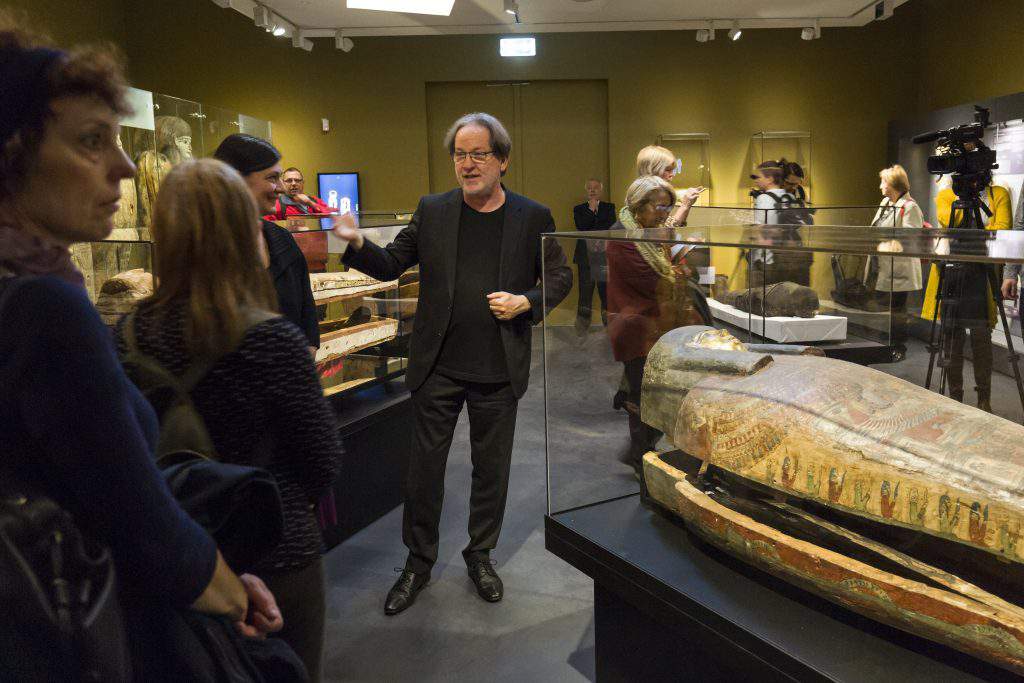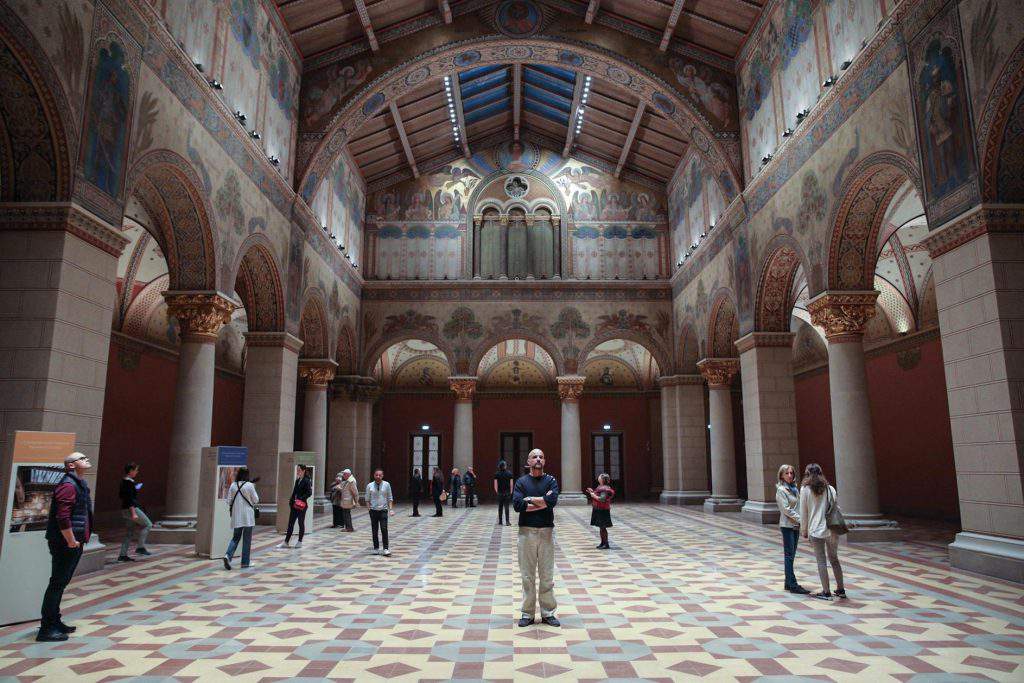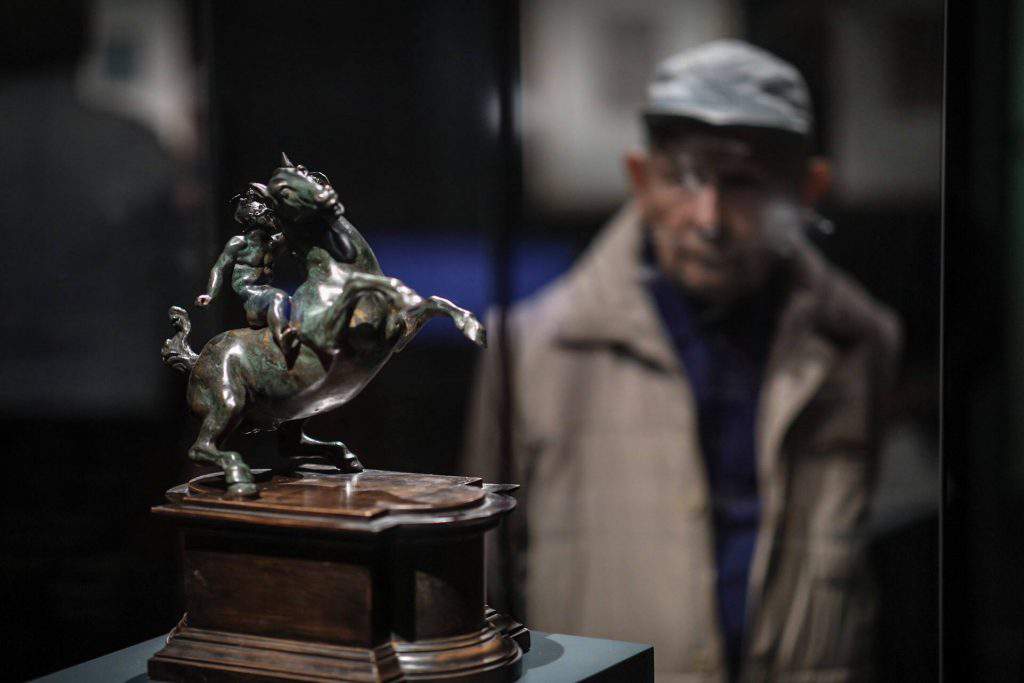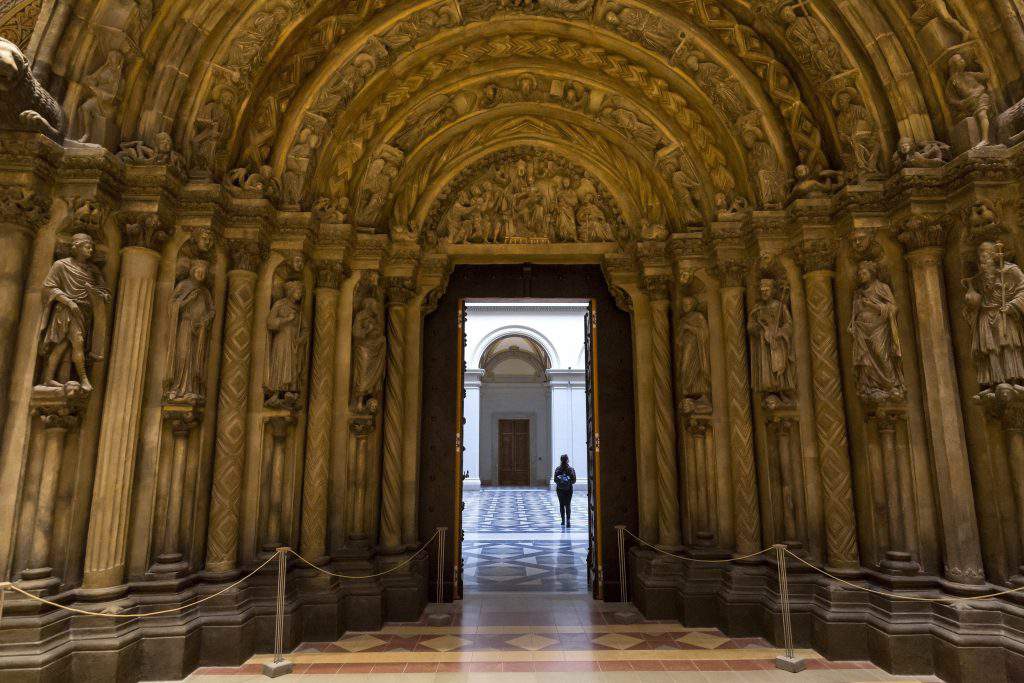Grand reopening of the Museum of Fine Arts in Budapest

According to Hvg, it is worth to visit the renewed Museum of Fine Arts, even for those who already have seen it before the renovation started in 2015.
“We always gave the world more than what the world gave us.”
said Viktor Orbán on Tuesday when – after three and a half years of renovation – he officially opened the renewed Museum of Fine Arts.
Fortunately, the Museum of Fine Arts, which showcased several foreign pieces of art, is a stable base of Hungarian culture that remained untouched by politics. Walking along the freshly painted walls, among pictures never seen before, it is easy to forget your problems of the outside world.

This could be supported by the general public, as the museum will reopen on Wednesday noon with its Leonardo da Vinci exhibition as well as with the chamber-exhibition titled ‘Horseman’.
There was a huge crowd right from the opening.
The Leonardo exhibition and the freshly painted walls are not the reason why it is really worth to visit again. It is not even the troubled Román hall, which was damaged during World War II and later used as a warehouse and was never seen in this full glory until this Spring, that makes it worth it, but the renewed permanent exhibition.
The permanent exhibition became a time travelling experience. Previously the artworks were grouped together on a geographical basis, but now they are grouped together according to time periods. With this, the employees reached back for a much older concept than previously. This way, stepping from one room to the other, you can gain insight about the Dutch and Spanish paintings of the turn of the 15th and 16th century.
What is an even more important novelty is the fact that the artworks of the Hungarian National Gallery are showcased in the Museum of Fine Arts again, especially in the second half of next year when the museum closed in February 2015, will fully reopen.

Right now, the exhibitions in the renovated Román wing and the semi-basement are open. This means that besides the Egyptian and classical antiquity exhibitions, people can visit the exhibition of European arts between 1250 and 1600, the exhibition of European statues from 1350 to 1800 and last, but not least, they can see the Hungarian works of art between 1600 and 1800.
The collection is always growing
The Museum of Fine Arts was created by the combination of the galleries of the Hungarian National Museum and the National Gallery. Combining the collections was suggested by the director of the National Gallery, Károly Pulszky, who wanted to showcase the full European painting spectrum. The collections were combined at the Millenium of the Hungarian conquest of the Carpathian Basin.
The 12.000 square meters parcel where the Rotunda pavilion used to showcase the Feszty panorama, was given to the museum by the governance of Budapest for free.
The building was not constructed by the winner of the design of the competition, but by the designs of Albert Schikedanz and Ferenc Herzog Fülöp, because they planned the main entryway of the building facing the Heroes’ Square. The museum was first opened on the 1st of December in 1906 and was only opened to the general public 5 days after.

In its time the museum was said to be Europe’s state of the art gallery, although the main principle of the designs was to form representative spaces, not to showcase art pieces. The first big stock expansion was the purchase of Paul Arndt’s 135 marble and 650 terracotta statues in 1908 and 1913. The museum was enriched by the legacy of count János Pálffy, by the gifts of Marcell Nemes and by the Hatvany and Herzog collections. The majority of the graphics – Leonardo, Dürer, Rembrandt, Rubens and Goya – are from the Eszterházy-collection. The French impressionist collection is also significant.
Under the direction of Elek Petrovics between 1914 and 1935, the building was rearranged several times because of the major growth of the stock. During World War II the building was damaged, and some pieces of artwork were transported to Germany without proper care. Although the majority of them was returned, but their renovation took years.
The first exhibition after the war was held in 1946 and in 1947, a large number of confiscated artworks had been returned.
In the 1950s, the stock of the museum was expanded by the György Ráth collection as well as with the Zichy gallery. In 1957, the museum grew itself out of its building, so the Hungarian National Gallery was established from the artworks of the Capital Gallery and from the Hungarian materials of the Museum of Fine Arts. Alongside the old materials of the Hungarian department, the foreign artworks have remained in the Museum of Fine Arts.
The number of the pieces of art is over 125.000, and the library of the museum has over a quarter of a million books, which makes it the country’s largest library of the history of arts.

László Baán the director general of the Museum of Fine Arts told Hvg about the expectable exhibitions of the upcoming years. Baán is also said that he is expecting a comprehensive provision from the government concerning the wage of those who work in the cultural fields.
Concerning future plans he highlighted that next Autumn, the Museum of Fine Arts will house a large-scale Rubens exhibition. In addition, in 2019 there will be a Cézanne exhibition again, although in a different approach this time – he added. They plan a grandiose audience-oriented exhibition from the works of El Greco in 2021. He notes that it is worth counting on such huge names, as the Frida Kahlo exhibition of the Hungarian National Gallery attracted over 200.000 people.
You can find information about another upcoming museum of Hungary here.
Featured image: www.facebook.com/szepmuveszeti
Source: hvg.hu





